
A Guide to Supporting Backyard Birds
Through Winter
Here in Colorado, our feathered friends enjoy a variety of food sources and abundant water supplies during our warmer months, but they can face an array of challenges when it comes to surviving winter conditions. It’s important to be aware of what birds need at this time of year and the vital role that bird enthusiasts can play in supporting local avian populations.
Backyard birds need three things to survive the harsh conditions they’ll experience in the winter: food, water, and shelter. It’s crucial to provide proper food sources, adequate shelter, and access to unfrozen water throughout this difficult season.
Birdseed Blends: A Winter Buffet
One of the most effective ways to aid birds in their winter survival is by offering a diverse and nutritious menu through thoughtfully chosen bird seed blends. Rather than bread, which most people think is a good food source, birds need seed blends that are denser in calories and help them generate the energy they need to fly and stay warm. During the winter, natural food sources become scarce, making backyard feeding stations a lifeline for our feathered neighbors.
Consider incorporating a mix of seeds to feed a variety of bird species that may visit your feeders. Black oil sunflower seeds are a favorite among many birds, including chickadees, nuthatches, and finches. Safflower seeds are an excellent choice, as they are less attractive to squirrels, reducing competition for the precious winter food supply. Nyjer seeds are rich in oils, providing essential energy for small finches like goldfinches and siskins.
Adding suet cakes to your feeder can be a game-changer in the winter! High in fat and calories, suet helps birds maintain their energy levels in cold temperatures. Woodpeckers, nuthatches, and chickadees are particularly fond of suet, making it a valuable addition to your backyard bird buffet.
It’s also important to be consistent with your feeding schedule. Birds will come to rely on the food sources you offer, and a consistent supply helps them navigate the challenges of winter.
Providing Shelter: A Winter Refuge
Colorado winters can be harsh at times, and the importance of shelter for birds cannot be overstated. Dense vegetation, evergreen trees, and well-designed birdhouses offer essential protection from harsh winds and freezing temperatures.
Consider installing birdhouses designed for specific species that reside in your region. Bird houses can be simple or complex and come in many sizes. The size of the entry hole is important for attracting specific kinds of birds. Make sure the house is equipped with a removable panel so it can be cleaned between uses and a drainage hole so water doesn’t collect in the house. Properly placed and maintained birdhouses can be essential for cavity-nesting birds such as chickadees, bluebirds, and wrens.
In addition to natural and artificial shelters, placing brush piles in your yard can create hiding spots for birds seeking protection from predators and harsh weather. These piles also attract insects, providing an additional food source for foraging birds.
Water: A Liquid Lifeline
While it might seem counterintuitive, providing water for birds during the winter is just as important as offering food. Birdbaths provide a safe spot both for drinking and for birds to clean their feathers. Natural water sources can freeze over, leaving birds without access to this vital component of their survival.
You can easily provide water for birds in a birdbath or simply by leaving a saucer full of water near the feeder. Electric de-icers can be used to keep the water from freezing. Alternatively, you can add a submersible heater to your existing bird bath to keep the water ice-free.
When positioning your bird bath, choose a location that offers a clear line of sight for approaching predators, ensuring the safety of the birds while they drink and bathe. Regularly check the water level and clean the bird bath to prevent the spread of diseases.
As winter blankets the Colorado landscape, our efforts to support backyard birds become crucial for their survival. By providing a diverse range of birdseed blends, offering shelter, and ensuring access to unfrozen water, we can make a significant difference in the lives of our feathered friends.
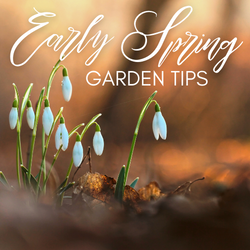
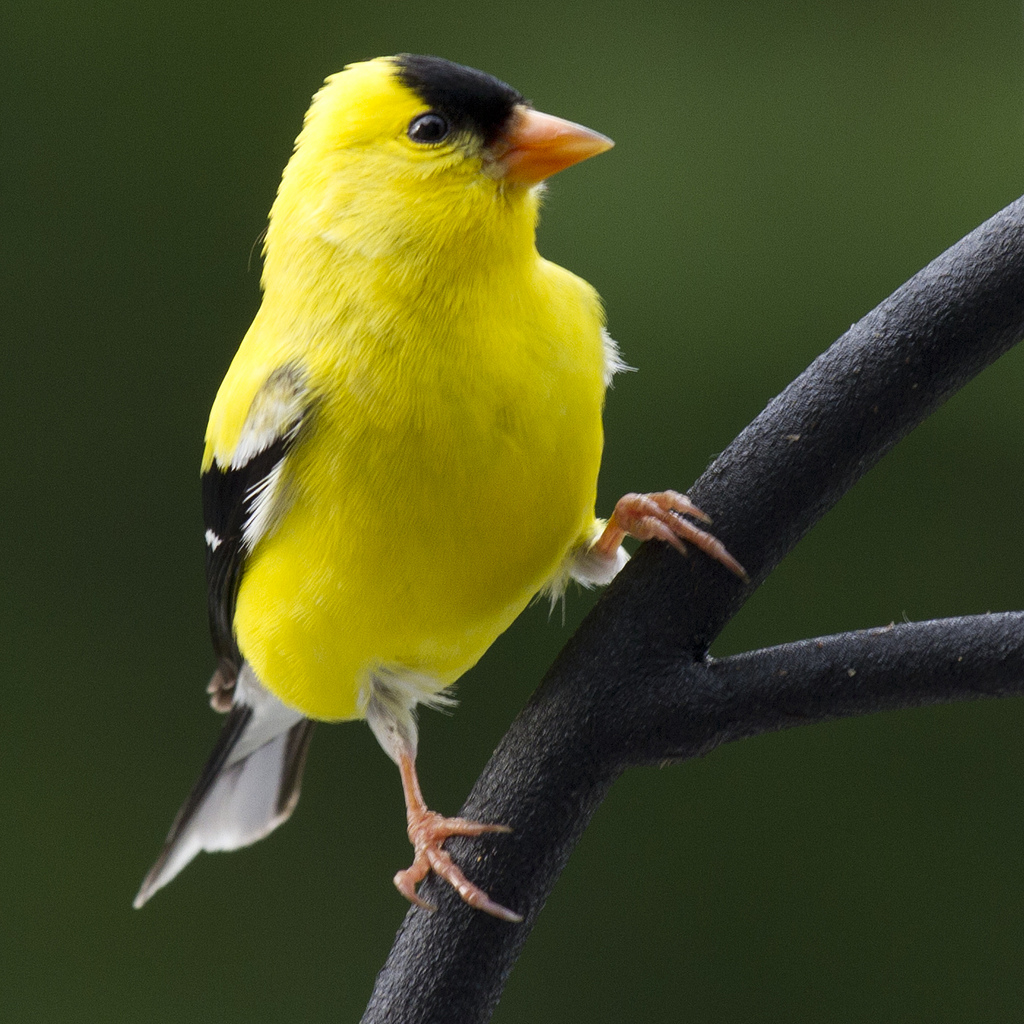
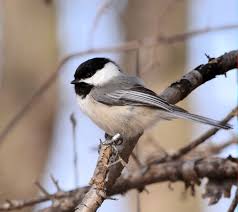
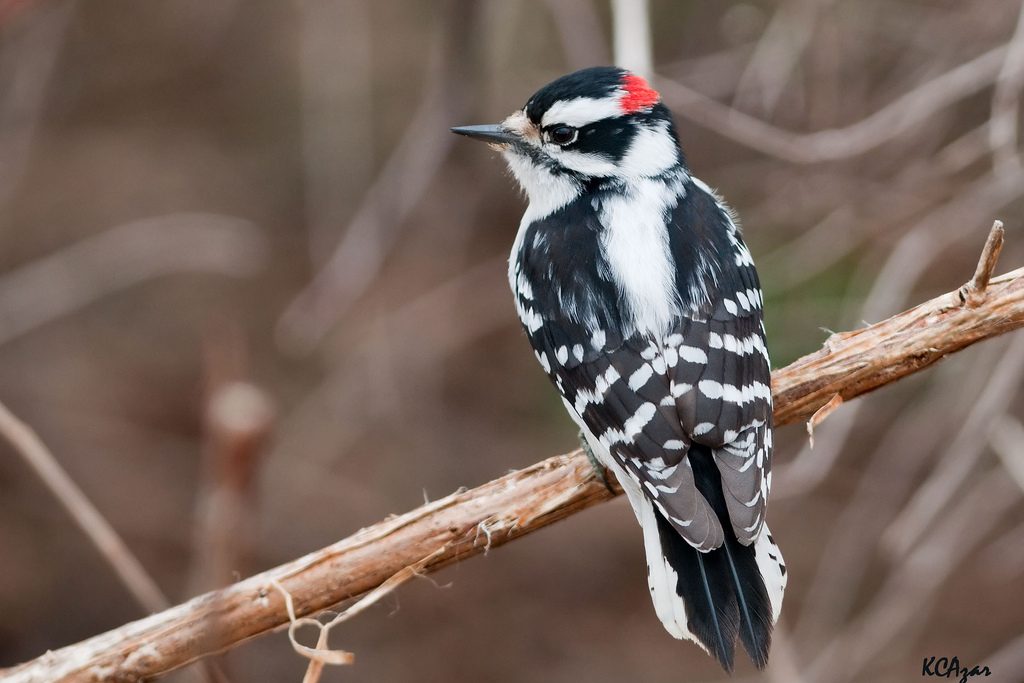
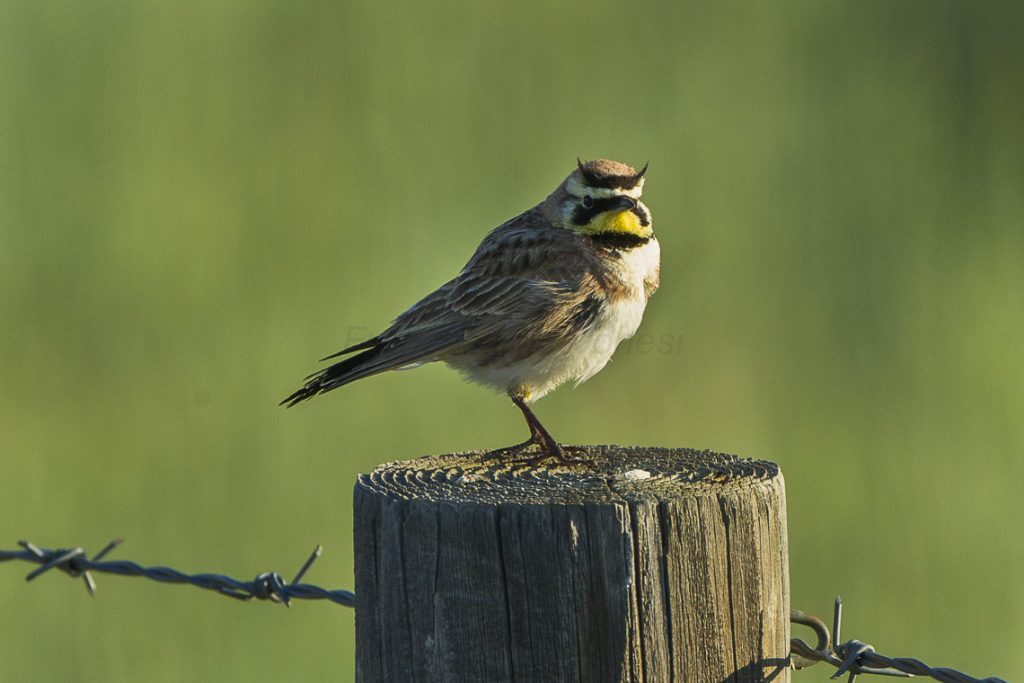
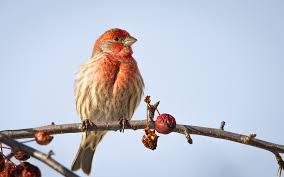 .
.